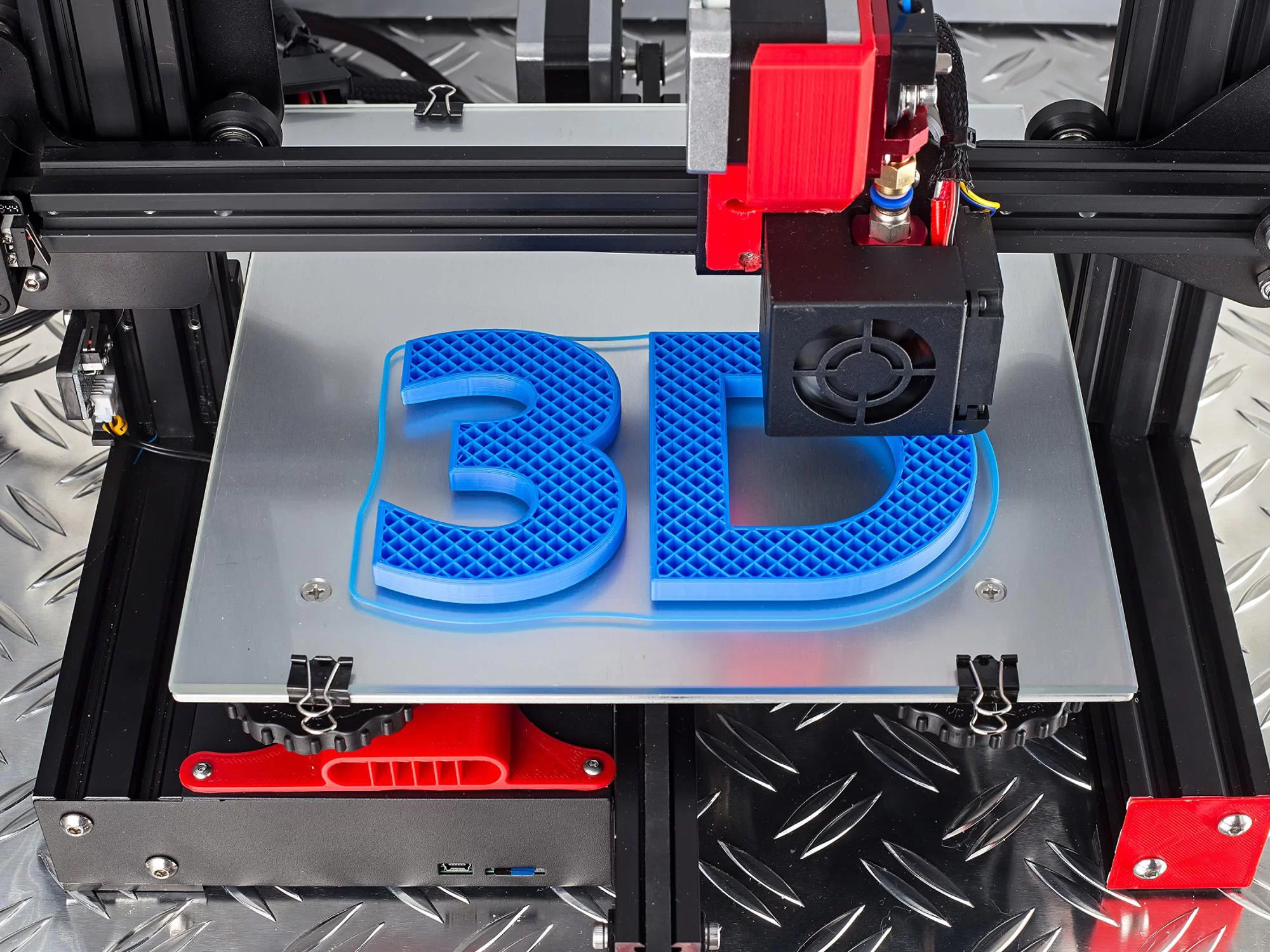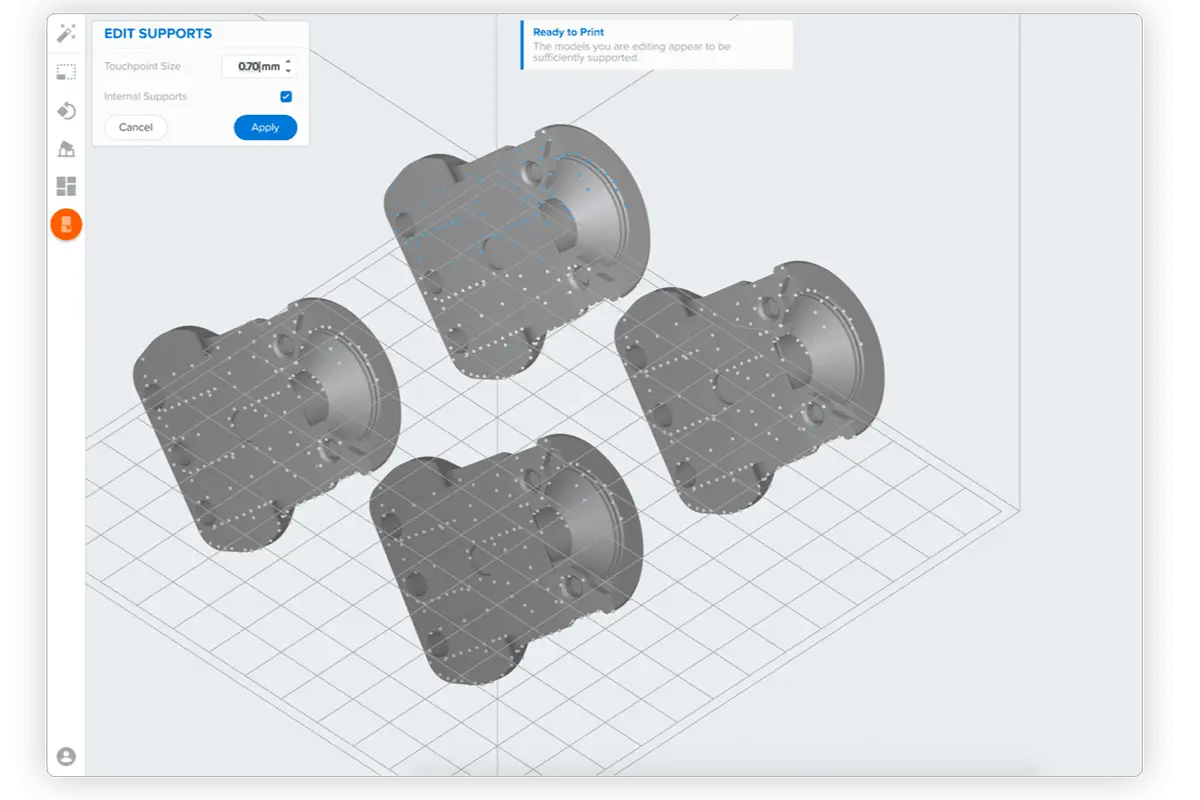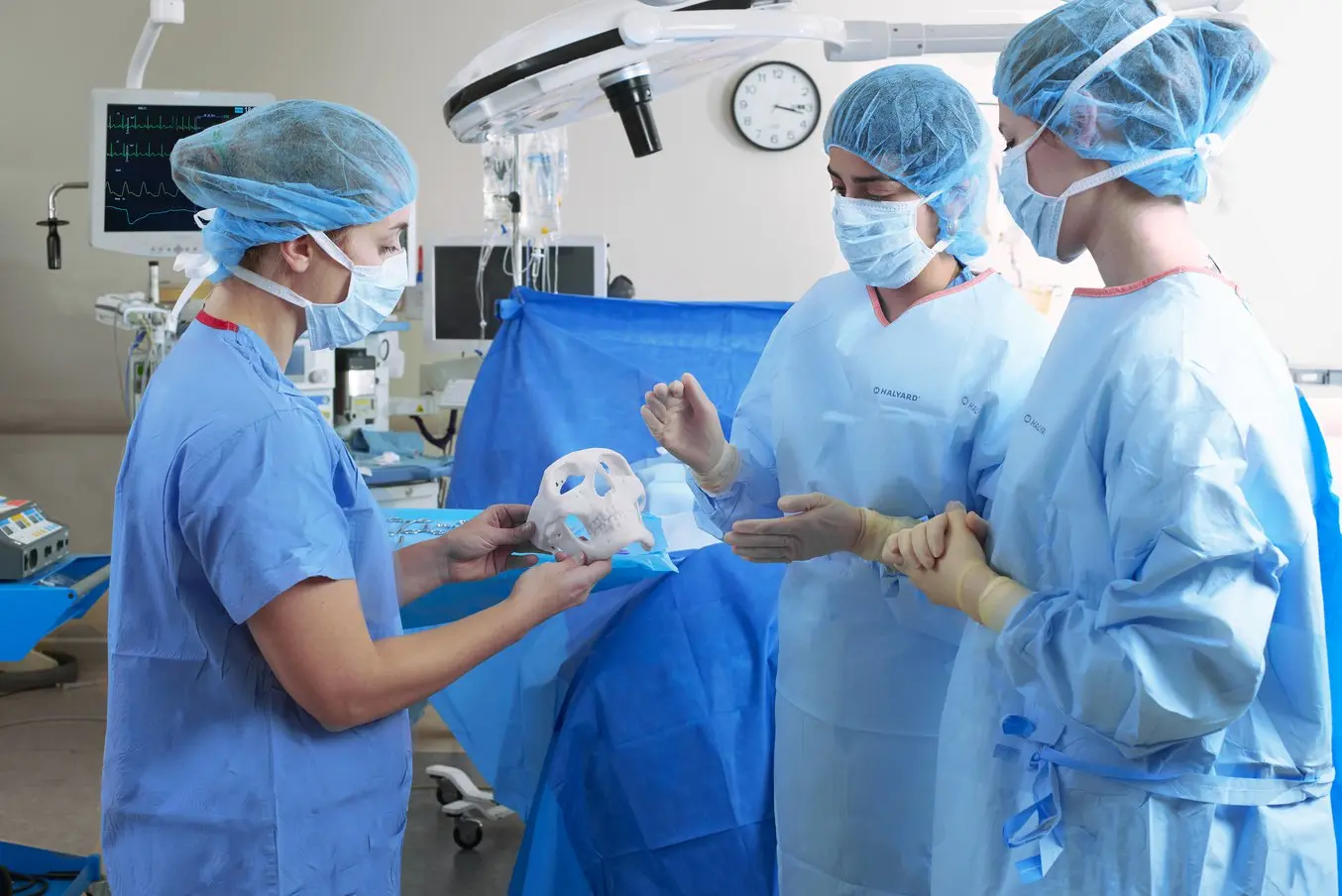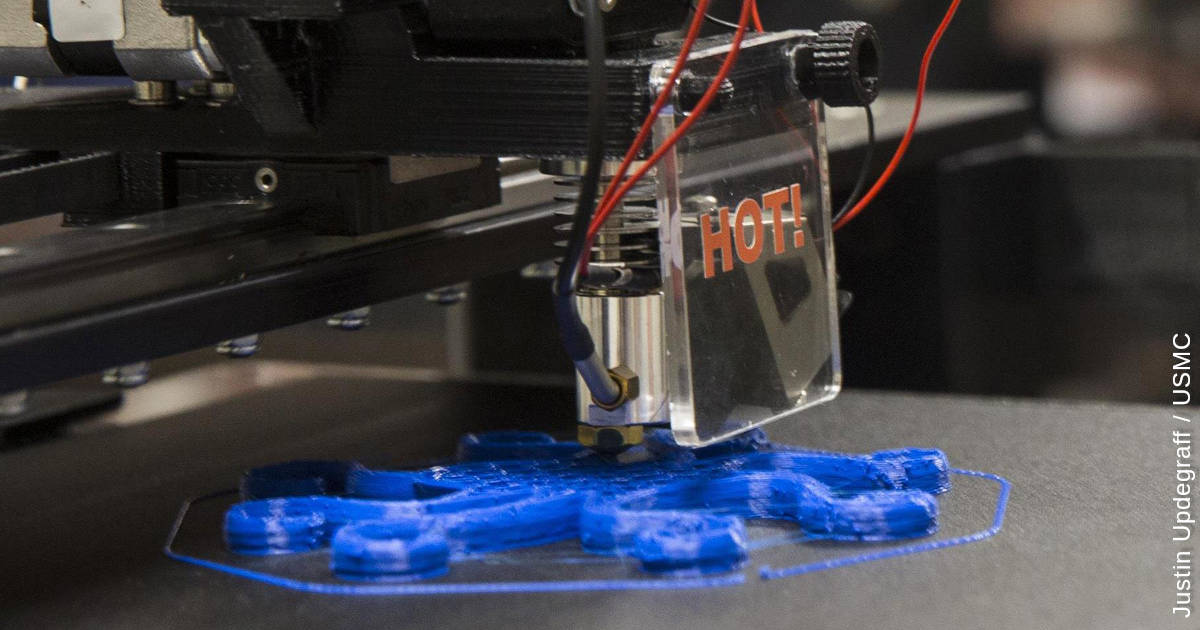What is a 3D printer and how does it work?
3D printer technology or additive manufacturing makes a 3D object layer by layer from its 3D digital model. Every day, news from all over the world is heard in the field of technology that new technologies have solved old problems in various fields, such as product design and medical engineering. One of these technologies whose name we have heard a lot is 3D printer technology. We have once worked with 2D printers and printed a design with their help.
Now suppose that you have a tabletop design in a minimal style. Isn’t it exciting to think that we can effortlessly achieve a real example by giving this design to a car? Well, this idea has now become a growing industry. 3D printer technology makes many impossible things possible! In this article, we will take a closer look at the 3D printer technology and examine its performance closely, so stay with us until the end of this article!
What is a 3D printer?
A 3D printer or additive manufacturing technology is a device that produces 3D parts from 3D digital models by adding material layer by layer. While 3D printer technology was invented around the 1980s, recent advances in machinery, materials, and software have made 3D printers not only limited to high-tech industries and used in a wider range of businesses.

As a result, today, more companies can take advantage of this technology to the extent that having access to a 3D printer is not far-fetched. Advanced and low-cost desktop 3D printers are gradually finding their place in various companies. They support various engineering, manufacturing, dentistry, healthcare, entertainment, and jewelry businesses by accelerating innovation. They do.
The history of the 3D printer
The story started when in 1981, a researcher named Hideo Kedama realized during his research that certain materials called photopolymers, which are initially used in liquid form, become rigid after exposure to ultraviolet rays, and about He wrote an article about the use of this property in the rapid construction of solid objects. Although his research was the basis for the invention of the 3D printer, he was not the one who invented the 3D printer. Such honor and credit belong to an engineer named Chuck Hall, who succeeded in inventing the first 3D printer in 1984.

The company where Mr. Hall worked used ultraviolet lamps to make thick and durable table covers. One day during this activity, the idea came to Mr. Hall’s mind to use ultraviolet technology to make small objects. Fortunately, he had a complete laboratory to test his idea, and. Finally, the first example of it was invented with the help of the technology we call today, stereolithography.
How does a 3D printer work?
All 3D printer projects start from a CAD model. This model is sent to the 3D printer software to prepare the design. According to the type of technology, the 3D printer produces the desired part with the help of resin solidification or baking powder layer by layer. Then the part is removed from the printer and goes through the final processes for the desired applications. In the following, we will explain each of the three stages of producing a part with the help of a 3D printer.
Designing
The 3D printer produces parts with the help of 3D models. 3D models are mathematical representations of any 3D surface produced using computer-aided design software (CAD) or developed using 3D scanning. There is various software for designing these digital designs, and the necessity of using each of them depends on the designer’s judgment. Then the design file in STL or OBJ format is sent to the print preparation software.

The 3D printer includes special software that applies specific print settings to the printer and cuts the digital model into layers representing horizontal cross-sections of the part. Changeable print settings include orientation, support frame (if needed), layer height, and material type. When the settings are complete, the software sends the instructions to the printer via a wireless or cable connection.
3D printing
Some 3D printers use a laser to shape and harden the resin and turn it into hard plastic, while other models melt tiny particles of polymer powder at high temperatures to make the parts. Most 3D printer models can complete the entire process of manufacturing parts without needing operator care.
More modern systems can automatically fill the raw materials needed to make parts from the tank, and manual work and human presence are not required to perform this process. This capability means that using a 3D printer reduces the need for a workforce to a suitable extent, which reduces production costs.
Final processing
According to the type of technology and raw materials used, it may be necessary to wash some of the printed parts in an isopropyl alcohol solution to remove the excess parts and imperfections of the resin. It may also be necessary to carry out processes such as final curing to stabilize the mechanical structure of the part, a manual process to remove the support skeleton, or to clean with compressed air to remove excess powders.
With the help of some peripheral equipment, some of these processes can be automatically assigned to the 3D printer. 3D printed parts can be used directly or post-processed for specific applications and required finishing by machining, priming, painting, fastening, or bonding. 3D printing is sometimes used as an intermediate step in addition to conventional methods of manufacturing parts, such as processing prototypes, casting jewelry and dentistry, and making custom parts.
What are the benefits of using a 3D printer?
As mentioned in the previous sections, the 3D printer produces parts by adding layer by layer. This process has many advantages compared to Norsum and provides old and traditional methods for parts manufacturers. Here are some of these benefits:
Speed
Traditional part manufacturing methods can take weeks or even months to receive a part. The 3D printer turns digital models into ready-made physical parts in just a few hours, assembles them based on the initial comprehensive concept, and delivers a functional part to the customer. Another advantage is that even small prototypes can be produced to test the design and performance. This allows engineers and designers to develop ideas faster and helps companies bring products to market faster.
Cost
With the help of 3D printer technology, there is no need for separate costs for preparing expensive tools and settings related to injection molding or machining. The same tools and technology in the 3D printer can be used for all stages, from preparing the prototype to making parts with different geometric shapes. 3D printer technology is becoming more comprehensive and capable day by day in the production of end-use parts; As a result, this technology can complement or replace traditional production methods in a wide range of industries, in low to medium production scale.
Personalization
From shoes to clothes to bikes, we are surrounded by products produced in limited and identical sizes. To reduce costs and increase economies of scale, businesses are forced to produce products based on strict and limited standards. Because of this, the ability of customers to find personalized products is decreasing every day.
With the help of a 3D printer, it is possible to personalize it for the customer just by changing the product’s digital design and offering him a product that fully suits the customer’s needs without spending additional costs. This evolution first took place in industries such as medicine and dentistry, where precise customization of the product according to the size and shape of the customer is required to produce products. But with the cost-effectiveness of using a 3D printer, it is increasingly used to customize consumer products according to customers’ needs.
Freedom in design
The 3D printer can produce complex shapes and parts such as protrusions, microchannels, and organic shapes; Shapes that are very expensive or even impossible to produce using traditional manufacturing methods. This allows designers to divide the overall product into fewer parts, thereby reducing parameters such as product weight, weak points, and time required to assemble parts.
Risk reduction
Product development is an iterative process in which actions such as testing, evaluating, and modifying the product must be repeated several times. The earlier the flaws in the product design are found and fixed, the fewer costs Shukert will incur for revision and tool change. With the help of 3D printer technology, engineers can test prototypes that have the same performance as the final products, thus reducing the risks related to performance and manufacturing defects before the final production.
Is the 3D printer used in any fields?
Up to this point, we got to know exactly how the 3D printer works and its benefits. As we mentioned earlier, 3D printers accelerate innovation and can be used in various industries such as engineering, manufacturing, dentistry, medical engineering, education, entertainment, jewelry, audiology, and more. In the following, we discuss the use of 3D printers in some of these industries.
Engineering and product design
Rapid prototyping gives engineers and designers the power to quickly turn their ideas into reality, turn their designs into high-precision prototypes that perform just like final products, and deliver products through a series of evaluation and validation steps that lead to the mass production stage.
Construction and production of various parts
With the help of 3D printer technology, manufacturers can automate production processes by prototyping basic tools and 3D printing custom tools, molds, and production equipment with less cost and time than the traditional method. This reduces manufacturing costs and defects, increases the quality and speed of assembling parts, and maximizes the workforce’s effectiveness.
Dental
Digital dentistry reduces the risks and uncertainties caused by human factors and provides greater robustness, accuracy, and performance at every stage of the workflow to improve patient treatment. A 3D printer can produce a range of personalized products and accessories with high quality, low cost, and excellent and repeatable results.
Education
A 3D printer is a versatile tool for immersive learning and advanced research. Using a 3D printer can incentivize creativity, expose students to advanced technology, and support modern educational programs in all fields, from science and engineering to art and design.
Surgery and artificial organs
3D printing technology has had an amazing impact on the medical industry, from making custom prosthetic legs for a marathon runner to making a human heart model to helping surgeons create a prosthetic tail for a crocodile that lost its tail as a child! Recently, a team from Northwestern University Feinberg School of Medicine in Chicago had a successful experiment in this field.

During this experiment, a mouse with an artificial ovary produced by a 3D printer could give birth to healthy pups. This is a significant advance, and now there is hope that one day this technology can be used on a large scale and advanced to produce vital organs to help people with disabilities artificially.
military industries
One of the hot topics about the 3D printer these days is its ability to produce fully functional military weapons. Many believe that this ability of the 3D printer can be dangerous because now anyone with a coherent basic design and a 3D printer can produce weapons! From another point of view, the 3D printer has been able to help save soldiers in dangerous battles by producing military equipment such as bulletproof vests and advanced chemical masks.
entertainment
High-accuracy physical models are widely used in sculpting, character design, and set creation. 3D-printed parts have been featured in stop-motion films, video games, custom clothing, and even special effects in blockbuster movies. With the advancement of 3D printer technology and the increase in its applications, it is no longer unlikely that the makeup of the anti-hero in the last science fiction movie you saw was made with the help of a 3D printer!
Jewelry
Professional jewelers use digital design and 3D printing to quickly prototype designs, tailor pieces to customer needs, and produce large batches of ready-to-cast pieces. Digital tools make it possible to create coherent and detailed pieces without the tediousness and need for variation in wax carving. In addition, the ability to make quick changes in the digital design maximizes the designer’s ability to personalize the product.
Audiology
Audiologists and ear molding labs use digital design and 3D printing to produce high-quality and durable ear gadgets. These high-volume customized products are used for applications such as behind-the-ear hearing aids, hearing protectors, earmuffs, and customized headphones.
In this article, we got to know how a 3D printer works, its benefits in businesses, and its various applications in different industries. Although the use of 3D printers in our country has not yet been widely implemented, the widespread use of this technology can be exciting! On the other hand, perhaps applications of this technology have not yet been discovered; what is your opinion? If you have experience using a 3D printer or have a question in this regard, you can share it with us in the comments section or respond to other people’s comments.











